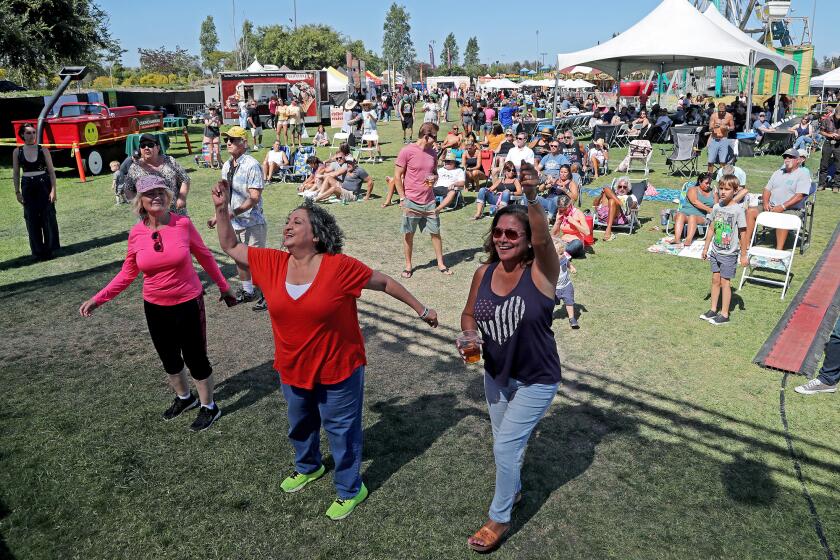IN THE CLASSROOM:Latin: Back to the basics
- Share via
St. John the Baptist Catholic School students are learning a language this year that they’ve been speaking in some respects all their lives — they just didn’t realize it until now.
St. John administrators recently implemented twice-weekly Latin classes to bolster students’ verbal skills. In the process, they’re helping them to understand countless words they use on a daily basis. Latin itself may rarely be spoken today, but the language formed the roots of English, French, Spanish and other Western tongues.
Consider this: St. John advocates that each student find a vocation in life. Using evocative language, teachers provoke students to enhance their vocabulary and be vocal about expressing ideas. Perhaps by invoking a holy spirit or two, students will work hard enough to make it to convocation in June.
All of the above words came from the Latin vocare, which means “to speak” or “to call” — and which also found its way into the English revoke (to call back), equivocate (to speak ambiguously) and vociferate (to call out furiously).
“When we learn some of the root words, we can think of English derivations just because we know English,” said Courtney Pattugalan, 14, of Irvine.
“You find a lot of connections,” added Martin Triu, 13, of Costa Mesa.
Every Tuesday and Thursday, Father Peter Mueller commutes from St. Michael’s Abbey in Silverado to teach Latin to St. John’s seventh- and eighth-graders. The Costa Mesa school hadn’t had foreign-language classes for a while and plans to implement Spanish next year — but first, administrators opted to start with the official language of the Vatican.
Latin, unlike most modern languages, relies only partially on word order, with syntax conveyed through the tenses and forms of words. On Tuesday, Mueller taught the class a Latin sentence about a family that watches television during dinner — Familia amat bonos cibos cum notitia — which roughly translates to “The family loves good food with news.”
Each of the Latin words in the sentence consisted of a stem, such as famili- or am-, which arrived at its final form by being singular or plural, subject or object, and so on. Mueller had the students look to a grid chart to determine the ending of each word. The practice, he noted, didn’t just build vocabulary.
“If you break down the steps in-between, it’s all mathematical,” he said.
All the latest on Orange County from Orange County.
Get our free TimesOC newsletter.
You may occasionally receive promotional content from the Daily Pilot.









